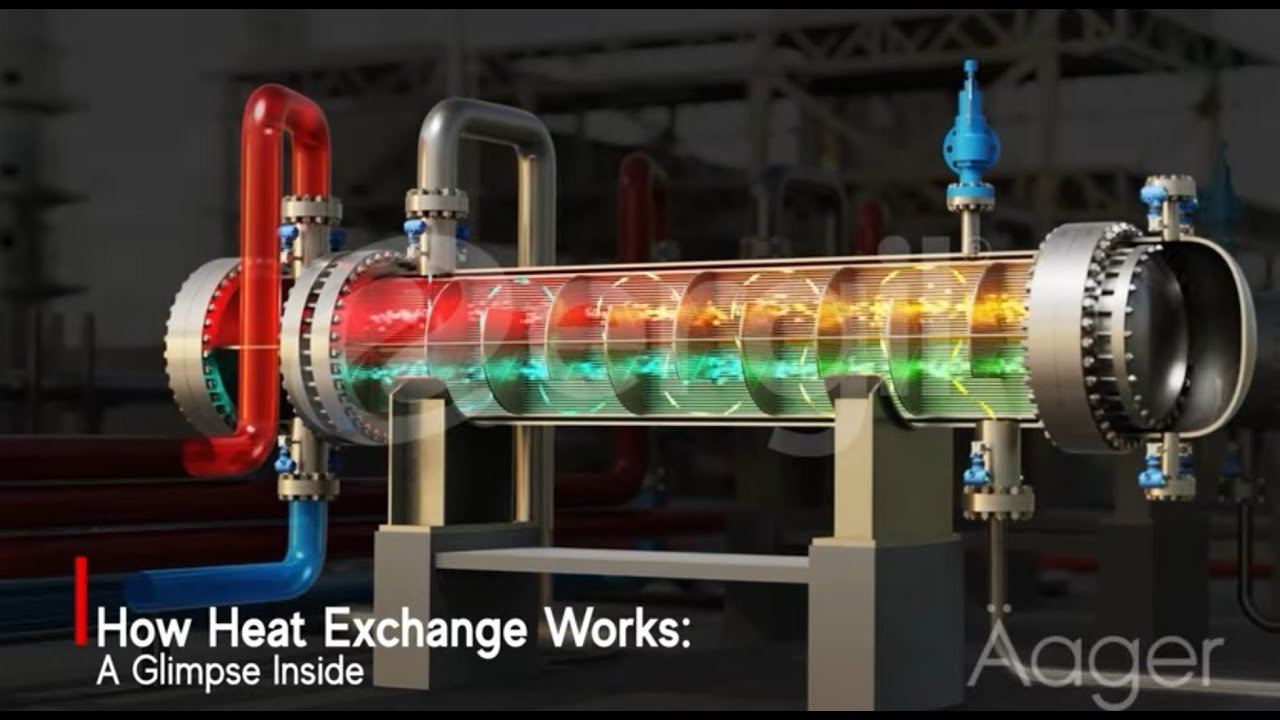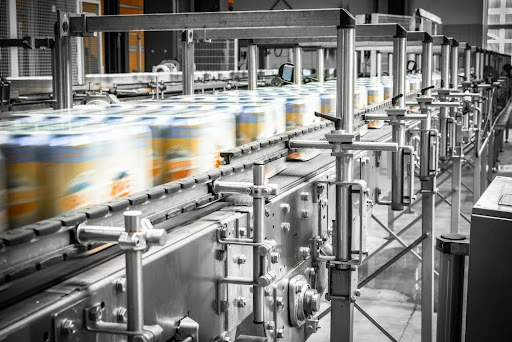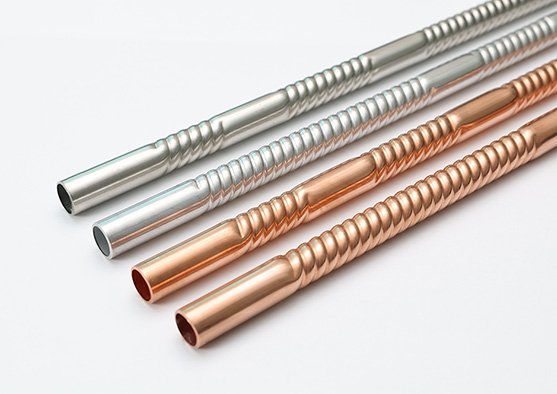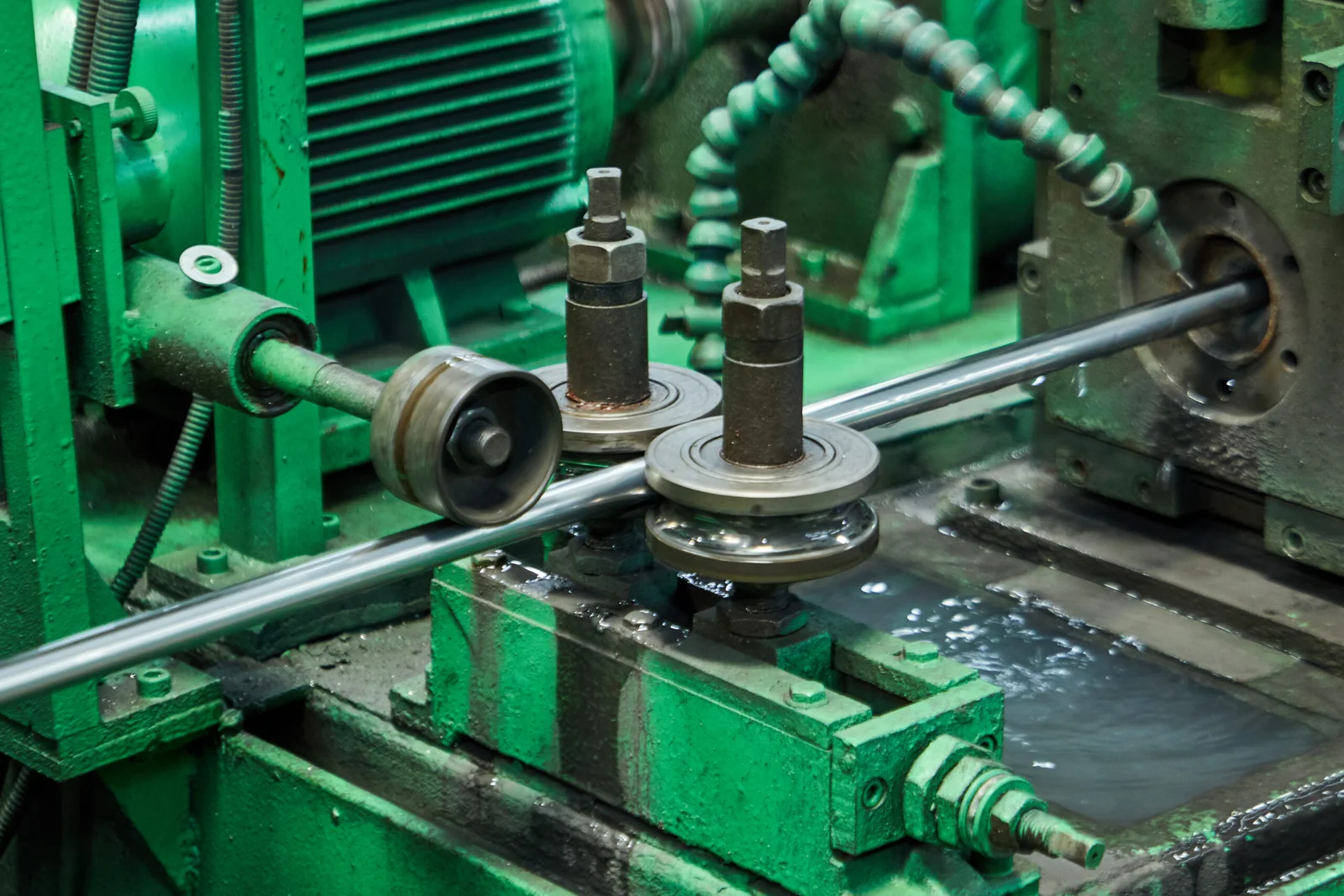Meta Description:
Explore the differences between U-bend, straight, corrugated, and low-fin stainless steel heat exchanger tubes. Learn how to select the right type for your application and improve thermal efficiency.
Introduction
In the world of thermal systems, heat exchanger tubes are essential to transferring energy efficiently and reliably. From chemical processing to HVAC systems, selecting the correct tube type can directly affect performance, cost, and lifespan.
At DLSS, we supply a wide range of custom-formed stainless steel tubes for heat exchangers. This article breaks down the most common types—U-bend, straight, corrugated, and low-fin—to help engineers make the right selection.
1. Straight Tubes
Description
Straight tubes are the most basic and commonly used form of heat exchanger tubing. They run directly from one tube sheet to another without any bends or surface modifications.
Applications
- Shell-and-tube exchangers in oil & gas
- Power plant condensers
- Sugar mill air heaters
Advantages
- Simple to manufacture
- Easy to clean and inspect
- Available in wide sizes (OD 6mm to 88.9mm)
Considerations
- Requires more space in layout
- Less compact compared to U-bend systems
2. U-Bend Tubes
Description
U-bend tubes are formed by bending straight tubes into a tight 180° curve, allowing a double pass in a single shell.
Applications
- Heat recovery steam generators (HRSG)
- Marine evaporators
- Pharmaceutical condensers
Advantages
- Space-saving design
- Simplifies tube sheet layout
- Reduces the number of connections and joints
Considerations
- Bending requires annealing to prevent cracking
- Must be inspected for thinning at the bend radius
- Bending radius often follows ASTM A556 or customer spec
3. Corrugated Tubes
Description
Corrugated tubes feature a periodic wave pattern along their length, which enhances turbulence and improves heat transfer.
Applications
- Compact air-cooled heat exchangers
- Chemical chillers
- Gas-liquid contact systems
Advantages
- Higher heat transfer efficiency
- Reduced fouling due to turbulent flow
- Smaller footprint exchangers possible
Considerations
- More complex to manufacture
- Requires precise forming equipment
- Harder to clean mechanically
4. Low-Fin Tubes
Description
Low-fin tubes have external spiral fins machined into the outer wall to increase surface area and improve heat exchange.
Applications
- Refrigeration evaporators
- LNG heat exchangers
- Fuel coolers in power stations
Advantages
- High surface area to volume ratio
- Efficient heat transfer in gas-to-liquid systems
- Available in copper, cupronickel, and stainless alloys
Considerations
- Must select fin height and pitch carefully
- Typically used where pressure drop is tolerable
DLSS Tube Manufacturing Capabilities
| Tube Type | Available Materials | Standards Supported |
|---|---|---|
| Straight | TP304/L, TP316/L, Duplex 2205, Alloy 825 | ASTM A213, A789, EN 10216-5 |
| U-bend | Same as above, bend radius as per ASTM A556 | AD2000 W0, PED, 3.2 Certification |
| Corrugated | TP316L, C70600, C68700, TP304 | Custom forming based on client design |
| Low-Fin | CuNi, SS, Admiralty Brass, Aluminum Brass | ASTM B111, B359, ISO 13706 |
How to Choose the Right Tube Type
| Condition | Recommended Tube Type |
|---|---|
| Space-limited layout | U-bend |
| High thermal efficiency needed | Corrugated / Low-fin |
| Easy maintenance required | Straight |
| Air-side cooling systems | Low-fin |
| Aggressive cleaning needed | Straight / U-bend |
FAQs
Q1: Can corrugated tubes be used in high-pressure exchangers?
Corrugated tubes are generally suited for moderate pressure. For high pressure, seamless straight or U-bend tubes with thicker walls are recommended.
Q2: What’s the maximum bend radius for U-tubes?
It depends on the material and OD. Typically 1.5 to 3 times the OD, as per ASTM A556.
Q3: Are low-fin tubes seamless or welded?
DLSS supplies both. For critical applications, seamless low-fin tubes are preferred to ensure no leakage through fin roots.
Q4: Can DLSS supply pre-inspected tubes with eddy current and hydro test?
Yes. All tube types can be supplied with 100% eddy current testing, hydrostatic test, and full documentation (EN 10204 3.1 / 3.2).
Conclusion
Selecting the right heat exchanger tube type isn’t just a matter of form—it directly affects efficiency, durability, and maintenance. At DLSS, we work closely with engineers and OEMs to deliver tubes that meet exact thermal and mechanical requirements.
Contact DLSS
Email: info@dlsspipe.com
Website: www.dlsspipeline.com
Need help selecting the right heat exchanger tube? DLSS offers expert guidance, quick quotations, and global shipping of precision-engineered stainless steel tubing.









